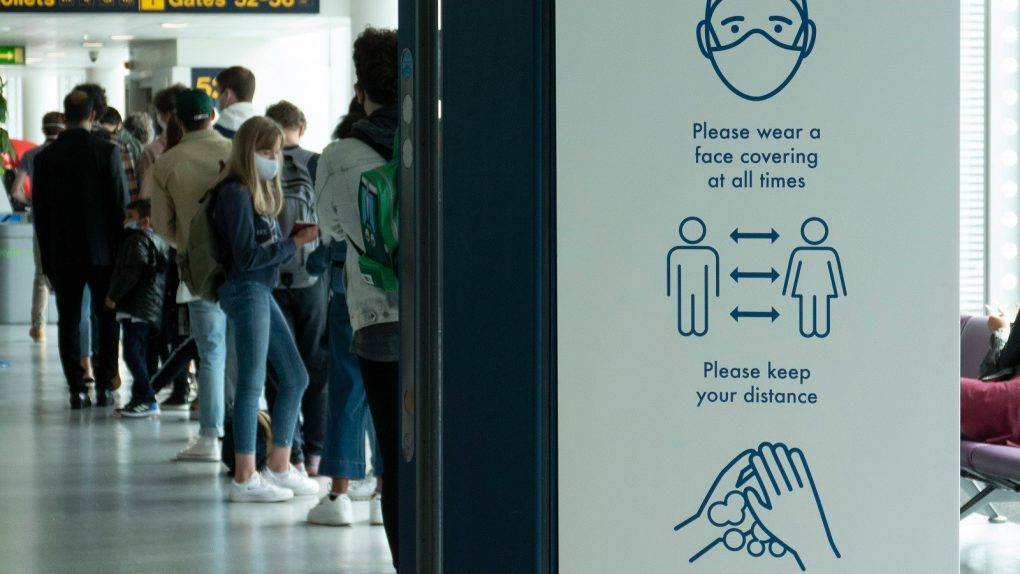- Starting tomorrow, passengers flying into the U.S. will need to provide proof of a negative COVID-19 test before boarding.
- Passengers who already had COVID-19 will need to provide a positive viral test and a doctor’s note speaking to the recovery process.
- The COVID-19 vaccination rate in the U.S. is about 1.16 million people per day.
The CDC earlier this month, in response to an unprecedented surge of coronavirus infections, introduced a new travel restriction that will require passengers flying into the U.S. from abroad to provide proof of a negative COVID test taken within 3 days of their departing flight. The CDC’s new travel restriction was announced on January 12 and goes into effect on January 26.
Per the order, every single passenger over the age of 2 will have to show a negative test result or provide documentation — in the form of a positive viral test and a doctor’s note — to show that they previously had COVID and have since recovered.
Airlines will be required to enforce the rule and “must comply” in order for “aircraft to enter and disembark passengers in the United States.”
The intent of the new rule, as laid out by the CDC, reads in part:
- Preservation of human life;
- Preventing the further introduction, transmission, and spread of the virus that causes COVID-19 into the United States, including new virus variants;
- Preserving the health and safety of crew members, passengers, airport, personnel, and communities; and
- Preserving hospital, healthcare, and emergency response resources within the United States.
The new rule goes into effect just as new strains of COVID-19 have started making their way across dozens of U.S. states. Of particular concern is a mutation that originated in the UK and is said to be 56% more contagious than the original strain. And while early reports suggested that the new strain wasn’t necessarily more deadly, more recent reports suggest that that may not be the case.
The CDC also recommends that passengers traveling into the U.S. get tested within 5 days and that they stay home for seven days after their arrival.
One positive piece of news is that the coronavirus infection rate in the U.S. has gone down considerably over the past few weeks. So while the volume of new infections is still hovering in the 150,000 to 190,000 range, the overall infection rate has dropped by nearly 35% over the past two weeks.
What’s more, the vaccination rollout in the U.S. is finally picking up steam. Last week, the U.S. vaccinated an average of 1.16 million Americans per day, a fact which suggests that President Biden’s goal of 100 million Americans in 100 days might actually be possible.
To date, the U.S. has administered 22.4 million COVID-19 vaccine doses since mid-December, a figure which represents about 54% of its vaccine supply.








